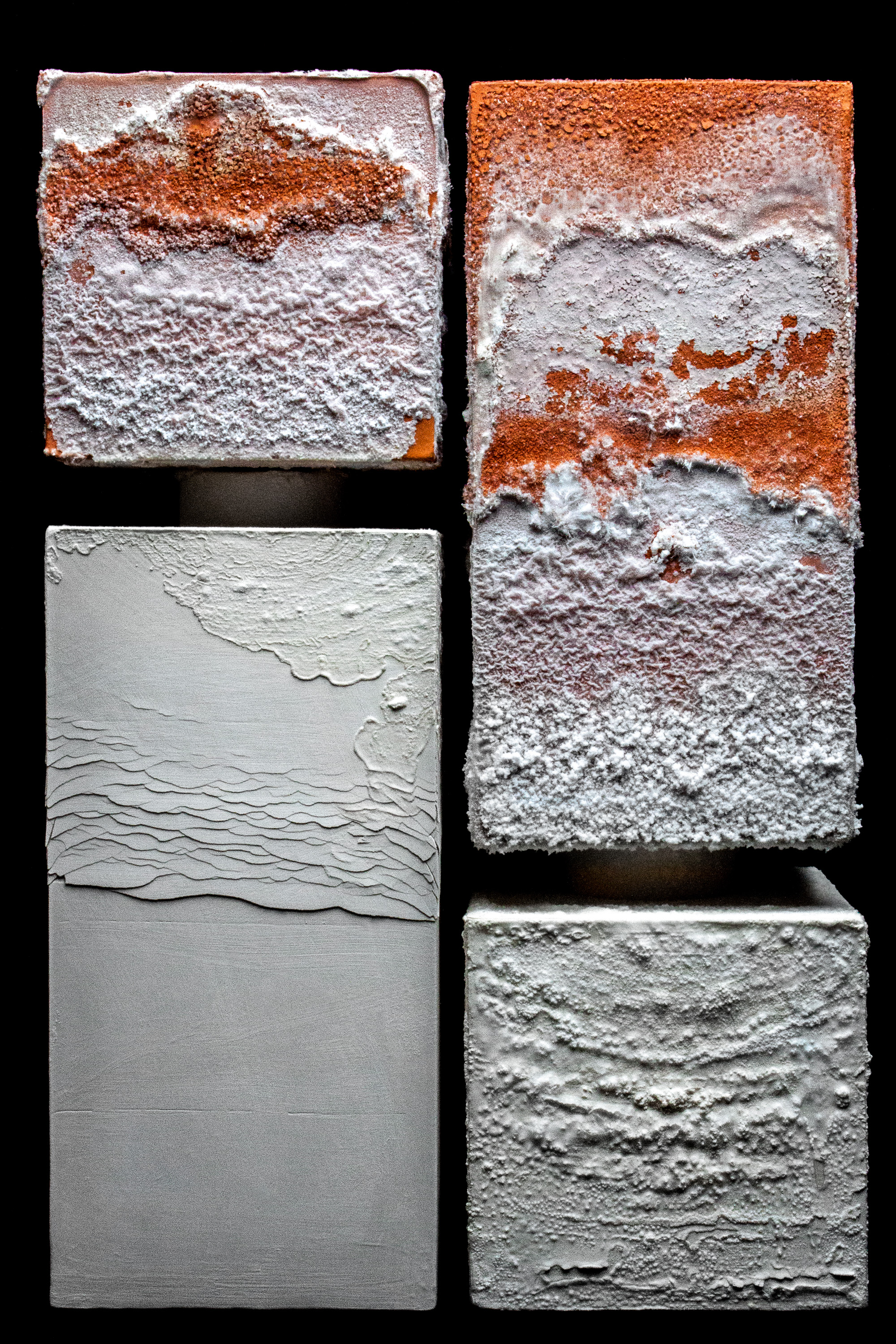When iron comes into contact with potassium iodate, they react. The iodine evaporates, and the iron forms compounds that are less easily absorbed by the body. The salt darkens and takes on a metallic taste–hardly something someone would want to sprinkle on food.
Mannar learned all of this the hard way. In 1993, he walked into the office of Levente Diosady, a professor of food engineering at the University of Toronto who specialized in processing edible oilseeds, and told him about the idea for DFS. “He said, ‘This should be pretty easy–can we do a couple of tests?'” Diosady recalls. “I said, ‘Yeah, we can do a couple of tests, but it probably won’t be that easy.'” The two received a small grant from a recently created group called the Micronutrient Initiative to explore the technical side of creating DFS.
Diosady knew the key was to keep the iron and iodine from coming into contact with one another, but he didn’t have a clear idea of how to do it. He and one of his lab technicians tried to create iodine microcapsules with a thin, water-resistant coating around each particle, to form a barrier between the iodine and the iron. They tried several encapsulant formulas, but they found that to mix evenly with salt, the spray-dried microcapsules had to be ground up very fine. In a test in Ghana, consumers complained that the results were clumpy.
“At that point, we went back and said, Okay, well, what can we do to make it bigger? So we started looking at agglomerating these iodine particles to make them more or less match salt in size,” says Diosady. “That was the goal: to make stuff that matches salt grains in size to prevent separation.”


In the early years of the project, salt in most countries was neither as uniform nor as sparkling white as it is today, which worked to Diosady’s advantage. “Color was not a big deal. Particle size was not a big deal. It was variable,” he recalls. But as production centralized, salt became more consistent in appearance and taste. “We were chasing a moving target–the quality of salt over the last 20 years has improved steadily,” Diosady says.
Unable to get the iodine capsules to work the way they wanted, Diosady and his team decided to change tack and focus on encapsulating the iron instead. That way whatever they came up with could, in principle, be mixed in with existing iodized salt.
That left the question of what kind of iron to use. “We went and tried a whole slew of iron compounds,” says Diosady. Most resulted in an off-color salt that would never fly with consumers. He’s reminded of these failed attempts every year, when winter arrives in Toronto. “I still use salt in my driveway which is yellow, green–all the different colors that these things came up with,” he says.
Learn essential first-time landlord tips for success, from tenant screening to property maintenance. These strategies…
Every business will produce some form of waste. The real task isn’t preventing waste entirely—it’s…
Custom tailors can create unique garments that complement every inch of your body, and it’s…
Faulty wiring can ruin a perfect restoration. See how original-style harnesses preserve WWII Jeep reliability,…
Make reading more accessible for kids with dyslexia using these nine tools designed to build…
Optimize your food processing facility by better understanding the critical ways gases can impact electrical…